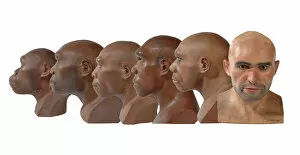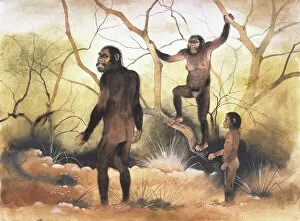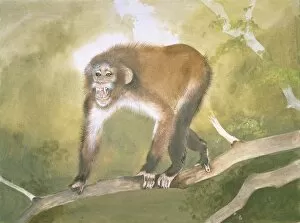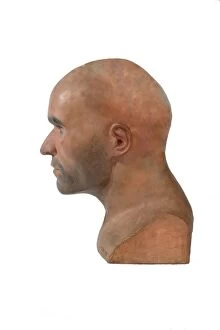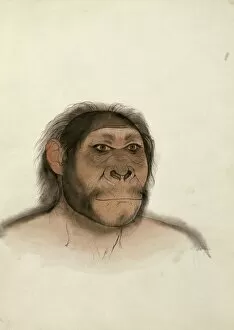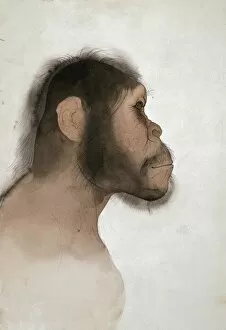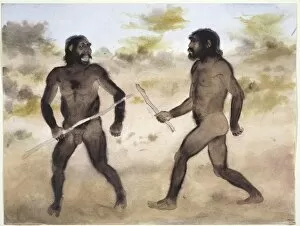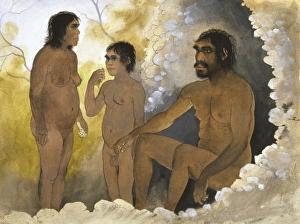1914 1987 Collection
"1914-1987: Unveiling the Evolutionary Journey of Hominids" Step into a captivating timeline spanning from 1914 to 1987
All Professionally Made to Order for Quick Shipping
"1914-1987: Unveiling the Evolutionary Journey of Hominids" Step into a captivating timeline spanning from 1914 to 1987, as we explore the fascinating world of hominid reconstructions in chronological order. Our journey begins with Proconsul africanus, an ancient ancestor whose reconstructed features provide valuable insights into our evolutionary past. Moving forward, we encounter Australopithecus afarensis, a species that walked the Earth over three million years ago. As we delve deeper into history, Aegyptopithecus zeuxis emerges on our path—a primate believed to be closely related to both monkeys and apes. The Homo sapiens known as Cro-Magnon man follows suit, showcasing remarkable advancements in human evolution during prehistoric times. Next up is Homo neanderthalensis, a species that coexisted with early humans but eventually faced extinction. Witness their distinctive characteristics through detailed reconstructions. The spotlight then shifts back to Homo sapiens—specifically Cro-Magnon man—as we examine their head structure and ponder upon their remarkable cognitive abilities. But not all discoveries are what they seem; enter Piltdown Man—an infamous archaeological hoax involving models based on Piltdown 1 & 2 fragments. This deception reminds us of the importance of rigorous scientific examination and critical thinking in unraveling our past accurately. Returning to authentic findings, Australopithecus africanus takes center stage—an extinct hominin species that played a significant role in shaping human ancestry millions of years ago. Finally, meet Homo heidelbergensis—the Rhodesian or Broken Hill Man—who provides crucial evidence for understanding the transition between archaic humans and modern humans like us today. In this captivating journey through time, "1914-1987" unravels the intricate tapestry of human evolution—showcasing how each discovery contributes to our ever-expanding knowledge about our ancient origins.


